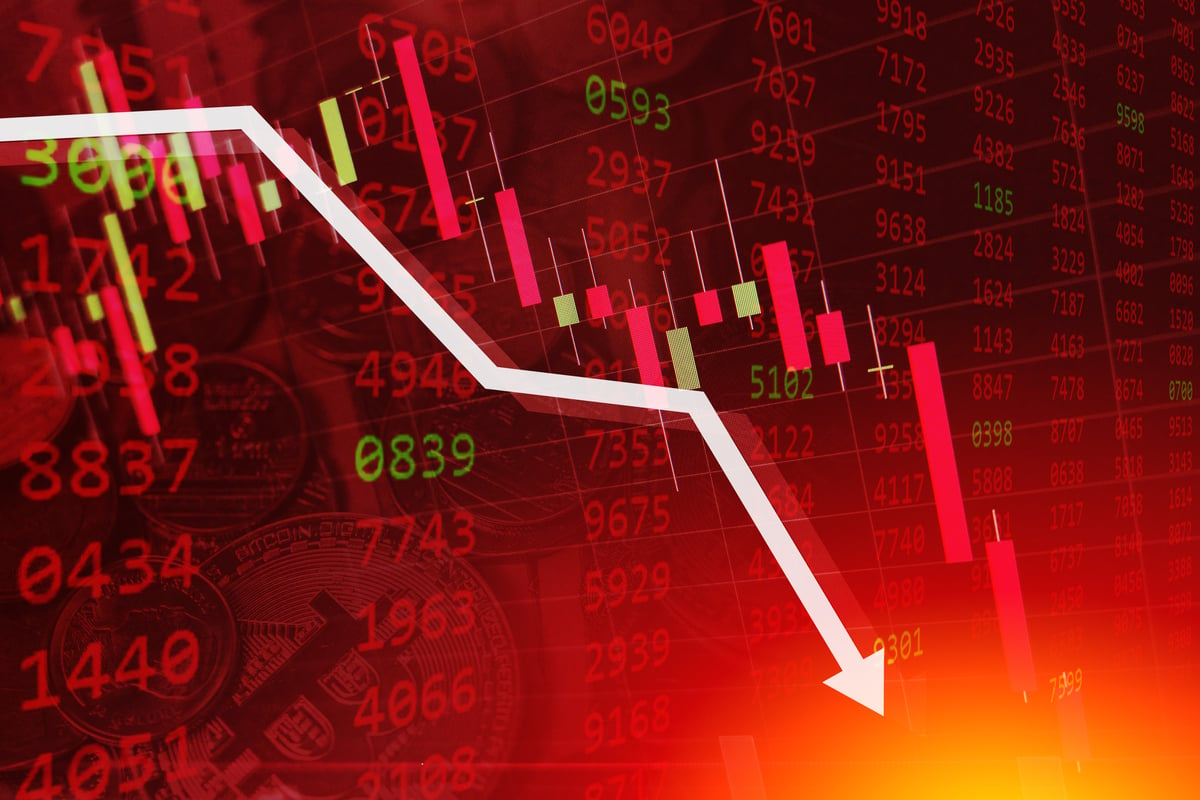Deckers Outdoor (DECK 3.35%) has had to deal with terrible conditions in the retail industry lately, and many investors have grown impatient with the company's efforts to turn itself around. Activist institutional investors have looked at Deckers as a potential candidate for a sale, but so far, that pressure hasn't resulted in any major change to the shoemaker's overall strategy for growth.
Coming into Thursday's fiscal first-quarter financial report, Deckers investors were prepared for a seasonally typical net loss and relatively sedate sales gains. What they got was a narrower loss than expected and a huge boost in revenue, but the company fully expects that it will pay the price with weaker results in the current quarter, and that dampened the mood among shareholders. Let's take a closer look at Deckers and whether it can pull itself out of a difficult situation.

Image source: Deckers Outdoor.
Deckers pulls in early orders
Deckers Outdoor's fiscal first-quarter results were a lot different from what most had anticipated. Revenue soared by 20% to $209.7 million, crushing expectations for a low single-digit percentage increase. Deckers lost $44.3 million during the period, but that was down 15% from its loss in the year-earlier quarter. Adjusted losses of $1.28 per share were far better than the consensus forecast among those following the stock for a $1.67 per share loss.
Looking more closely at Deckers' report, it's important not to misunderstand the cause of the unexpected revenue boost. The shoemaker said the rise was primarily due to earlier-than-planned global wholesale shipments. Yet Deckers also noted that strong sell-through of its spring line of products also contributed to its improved performance. Gross margin fell slightly, but a 5% reduction in overhead expenses was instrumental in helping to reduce the amount of red ink on the company's bottom line.
Deckers' success was concentrated in a couple of key brands. The Uggs line enjoyed a 25% boost in sales, but the real winner on the quarter was Hoka One One, which saw sales soar 75% from year-ago levels. Teva sales were up 9%, but the Sanuk brand suffered a 2% drop in product revenue. Deckers also saw better performance from the wholesale front, with a nearly 25% jump in revenue, but direct-to-consumer sales were up respectably on comparable sales gains of 12.7%. International sales growth outpaced domestic revenue gains by a 37% to 10% margin.
Can Deckers build up some momentum?
CEO Dave Powers was pleased with how Deckers started the fiscal year. "Our first-quarter results reflect solid consumer demand for our spring product offering across our brands," Powers said, "combined with earlier than planned shipments of certain fall orders." The CEO said that the early results are encouraging when considering Deckers' prospects for the rest of the year.
However, Deckers' guidance reflected the fact that it will likely give back a substantial part of the quarter's gains. Because of the early shipments, Deckers now expects sales for the fiscal second quarter to fall 10%, and earnings will decline to between $1 and $1.05 per share. Both numbers are far weaker than expected, offsetting the outperformance from the just-reported quarter.
For the full year, Deckers doesn't expect much change from its previous guidance based on the fiscal first-quarter's numbers. The shoemaker still sees sales remaining flat to down 2%, with adjusted earnings of $3.95 to $4.15 per share. Store closures will also play a role in keeping Deckers' top line under some pressure in future quarters.
Deckers shareholders weren't entirely comfortable with the news, but the stock managed to overcome a nearly 3% drop in pre-market trading following the announcement to open with much more modest losses. In the long run, investors will need to see more evidence that Deckers can produce a meaningful pickup in sales and profit. Otherwise, fundamental weakness will eventually show up more clearly in stock-price performance.






